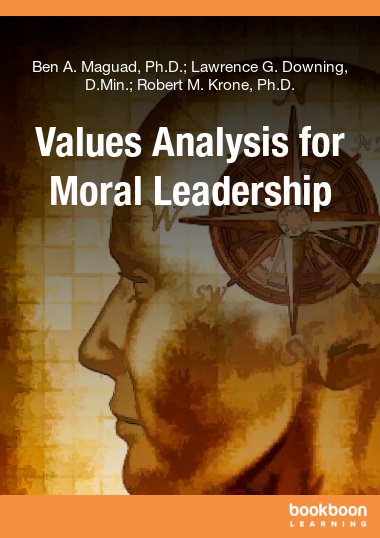This book affirms the global need for moral leadership in the 21st century at a time when the risks to human survival have been increasing. What is particularly needed is leadership with ethical or moral behavior ingrained in its values system. People know that when they are not treated ethically and morally, bad things happen. They recognize that when crime or unethical acts are chosen, stable and productive lives are damaged and environments become destructive. They, therefore, prefer an environment where their lives proceed in constructive ways to improve the quality of life for themselves and others. In view of this, intentional immoral and unethical behavior for short-term gains should be identified and prevented from sowing seeds of destruction.
The authors believe that the purpose of moral leadership is to increase the quality of life for humanity by eliminating the huge tragic costs and wastes that inevitably results from immoral or unethical leadership. To evaluate and compare existing moral leadership with desired standards, they proposed the use of Values Analysis as the methodological tool powered by the Ideas Unlimited Group Survey Method which is able to penetrate the complexities Values Analysis presents.
Ethical and moral leadership is still the most critical variable that leaders must have to influence organizational behavior and performance. Quality cannot be achieved or sustained in an immoral, corrupt or dishonest system. The need for moral leadership will continue to increase with the ever increasing human and material costs of its failure. Hence, the onus is on leaders to take an active role in promoting positive values and practices in their organizations and communities.
A good way to teach moral leadership is via the Benefit-Cost Method by providing some examples of all the good that can occur when individuals or groups have high moral and ethical standards and contrast these with the destructiveness and misery which result from opposite cases. There may be no more important subject for teachers and students than the pursuit of the vision to achieve universal moral leadership.

